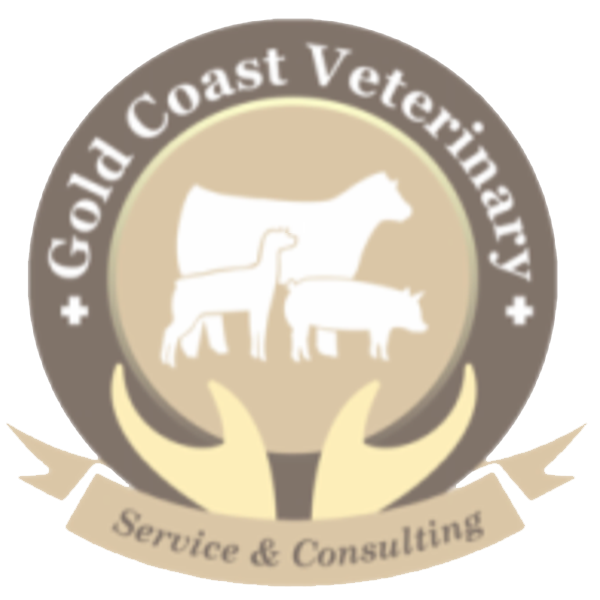Accupuncture
Traditional Chinese Veterinary Medicine (TCVM) has four main components: acupuncture, herbal medicine, food therapy and Tui-na (medical manipulation).
Acupuncture usually involves the insertion of thin sterile needles into discrete and specific points on the body in order to cause a therapeutic effect, but may include other methods such as electrical stimulation.
The point on the body is called "Shu-xu" or acupuncture point (acupoint). The ancient Chinese discovered 361 acupoints in humans and 173 acupoints in animals.
The history of acupuncture
Acupuncture has been practices in both animals and humans for thousands of years in China. The earliest veterinary acupuncture book is believed to have been written 659 to 621 B.C.E. Veterinary treatment protocols using acupuncture are well-documented in this early text-book. Since then, acupuncture has been a part of the mainstream veterinary medical system in China.
What is Qi?
Qi (pronounced "chee" is life force or vital energy. There are two contrasting forms of Qi: Yin and Yang. Yin energy tends to be cool, dark, still, and moving downward, while Yang energy is warm, light, mobile, expanding, and moving upward. Physiologically, Qi flows throughout the body all the time, maintaining a balance of Yin and Yang. When the flow of Qi is interrupted by any pathological factor (such as viral or bacterial infection), the balance of Yin and Yang will be disrupted and consequently, a disease may occur. Pain is interpreted as blockage of Qi flow. Acupuncture stimulation resolves this blockage, freeing the flow of Qi and enabling the body to heal itself. Homeostasis is restored when Yin and Yang Qi are in balance.
Scientific evidence on how acupuncture works
Modern research shows that acupoints are located in areas where there is a high density of free nerve endings, mast cells, arterioles, mast cells and lymphatic vessels. Most acupoints are motor points. A greater number of studies indicate that the stimulation of acupoints induces the release of beth a-endorphins, serotonin, and other neurotransmitters. The US National Institutes of Health's National Library of Medicine has a total of 22,158 articles regarding acupuncture and 349 animal specific articles (March 2015).
Is Acupuncture Safe?
Yes! Acupuncture is a very safe medical procedure when administered by a qualified practitioner. Very few negative effects have been found in clinical trials.
How long does each treatment take?
Each session may take 20 to 45 min; the first session usually takes longer than follow-up appointments.

